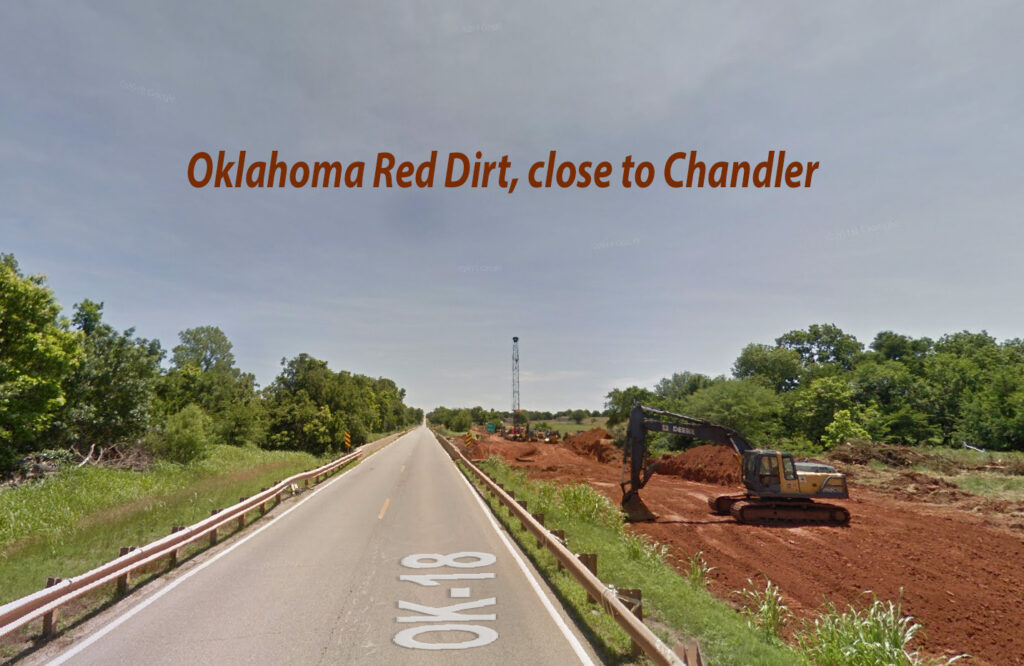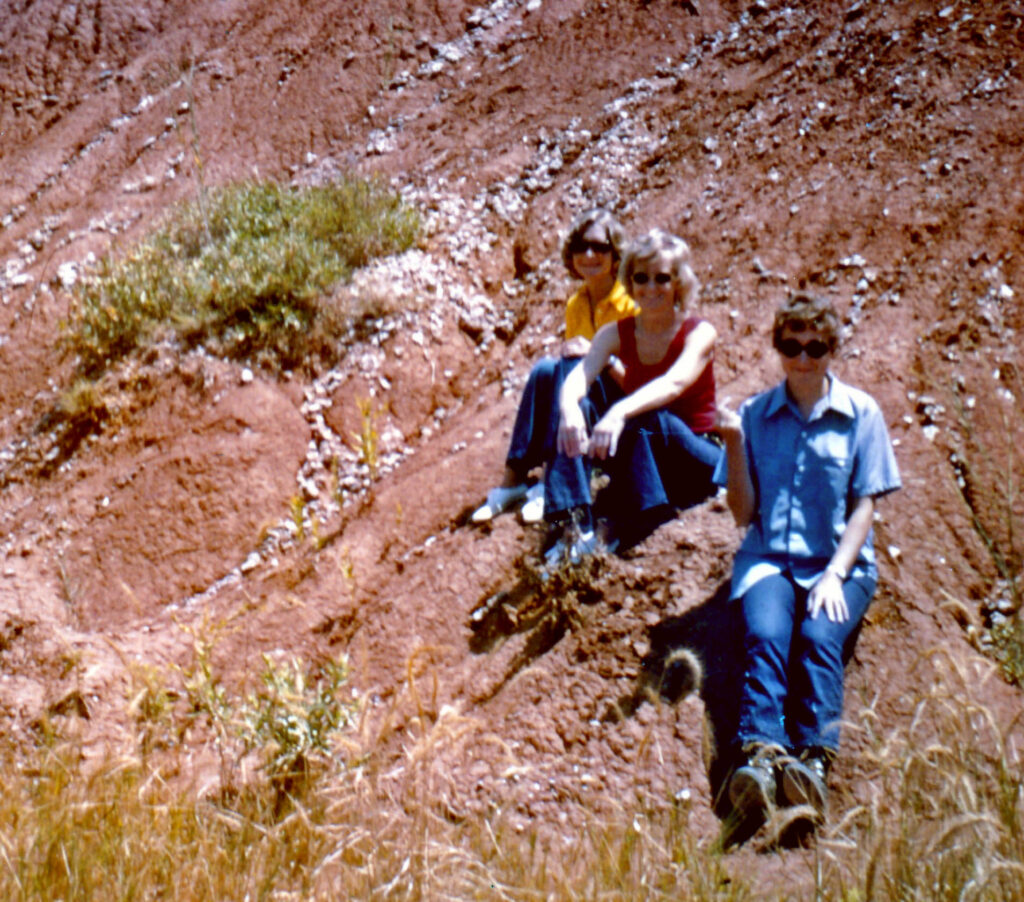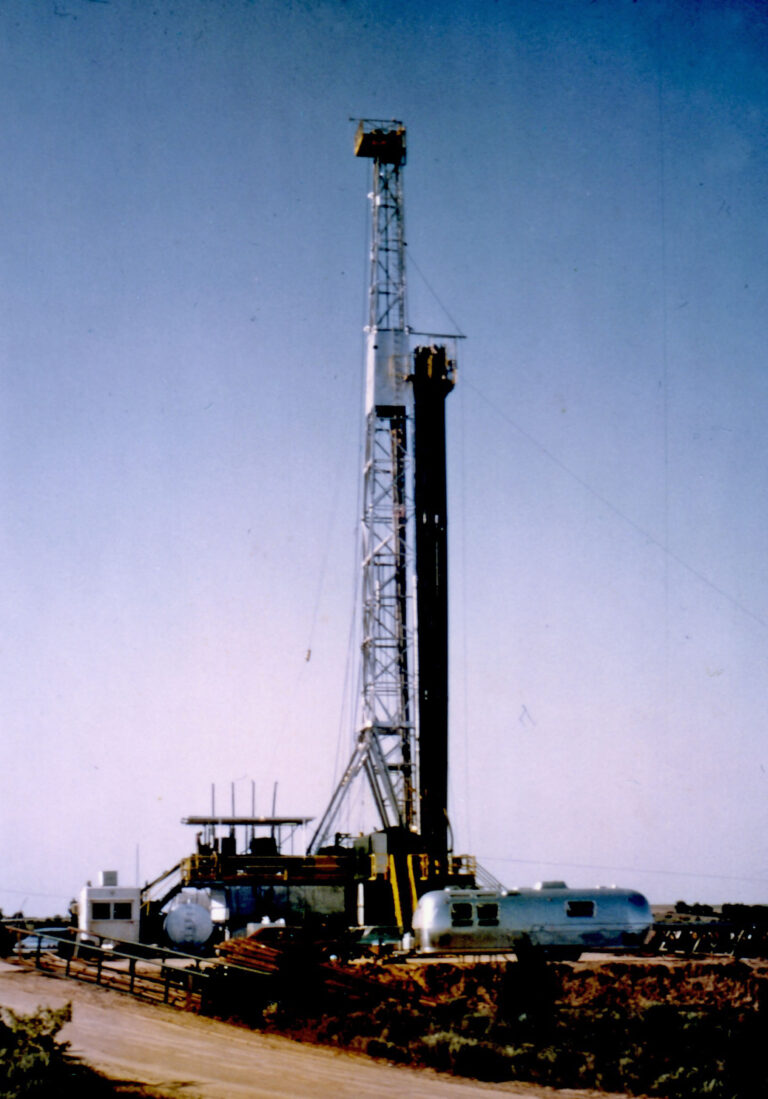Making cuts on a book that you thought was complete is absolute torture.

In 1948, the Atkins family, Luke, Grace and their three children — Carl, 10; Darla 6; and Nancy 4, travels south in their 1937 Chevy down Oklahoma State Highway 18 toward Chandler where they will turn onto Route 66 and head west.This short conversation follows a mention of Oklahoma’s red dirt; it was one of the first to get whacked.
Luke is looking around, smiling, and then he points to the red dirt of a work site beside the road.
He asks the kids, “Do you know why Oklahoma dirt is red like that?”
Darla says, “I don’t know Daddy. Why?”
“It’s the clay and iron; the dirt has a lot of both in it. If you pick it up, it feels like clay; you can mold it like clay, and the redder the dirt the more like clay it is.”
“But why is it red?”
“It’s the iron oxide. I don’t know exactly why, but when iron wears away it gives you this red color; it’s like rust.”
“It’s so red.”
Carl huffs and says, “It’s just dirt and not even good dirt. How can you even grow anything in it?”
“Well, you’ve seen us grow a lot of vegetables here. You just have to mix in bits of leaves or cornhusks or something to make it not so packed. Then it’s good.”Carl looks out the window, goes back to his own thoughts, and says nothing. Darla soaks it in. Her daddy is full of little random bits of knowledge and she loves to hear them. Nancy is thinking about the color red. The dirt must be red if Daddy says so, but it’s not bright, not like an apple or a rose, not like the red she knows.
It loses something being outside the context of the book, but, on the search and destroy mission, I decided it does not add to the Atkins family story, so it’s gone. It did, however, bring forth a couple memories about Oklahoma’s red dirt.
Except for about three years of my early childhood, I grew up in Oklahoma and lived there for many years after. Thinking of the red dirt reminds me of a time in the mid seventies when I was working for Amoco Research Center in Tulsa as a Research Technologist. One day, along with a couple other co-workers, I went to an Amoco drilling site. To this day I don’t actually know all that I was looking at. I remember the tall oil derrick, the equipment and a couple Schlumberger trucks sitting around, but the thing that I remember most was that the field was almost barren of green, with mounds of Oklahoma red dirt, redder than any I had noticed up to that point. Even though I grew up around Tulsa, the dirt in that area lacks the rich color of the central and some other parts of the state, so it got my attention.
I don’t remember the exact location of the drilling site, but it seems it was somewhere about mid-state, maybe close to Chandler. In the pictures that I’m including, I am the one in the red top and Belynda Spitzer is the one in the yellow top. She was a friend of mine, a wonderful person with a fun-loving positive attitude. We were both unmarried then and had a lot of great times together. Besides being fun, she was also brilliant with an advanced degree in mathematics; she went on to help create expert interpretive well-analysis systems for Amoco and the industry. She is still amazing and seems to be living a great life. I don’t know the third person in the picture. I think I’d seen her around Amoco, but hadn’t met her until that day, and now don’t remember her name. If anybody recognizes her, please let me know.



Back to the red dirt — it was impossible to get off my white tennis shoes from that day. I bleached them and, as usual, applied a thin layer of white shoe polish while they were still wet. It did the job fairly well, but when they dried, the stain still snuck through just a bit. That red dirt is strong stuff.
At the time of this mid-seventies trip to the drilling site, besides working at Amoco, I was taking a college class still reaching toward a degree, taking care of my children, and, on some nights and weekends, rehearsing with a band. Our debut performance was to be at a Battle of the Bands competition and we needed a name. I suggested The Red Dirt Band, or Oklahoma Red Dirt, or simply Red Dirt, but my band mates convinced me that none of those would give the desired impression, and we called the band Sunset. Unfortunately we didn’t win, but we did come in second. Maybe if the band hadn’t nixed my suggestions? Now Red Dirt is a genré of Music. In fact, the term “Red Dirt” is now so common in Oklahoma there’s a Red Dirt everything – music, books, publishing, festivals, bars, bands – pick an entity type and there’s most likely a Red Dirt one.
Another Tulsa friend of mine, whose heritage was part Cheyenne, grew up around the mid-state area. He said that, as a child, his clothes and shoes were always stained from the persistent iron-rich clay dirt, but that part of the Indian culture is to respect the earth, connect with it, and draw strength from it. So, when he left he took a little pouch full of that dirt with him to give him strength. Since then I’ve heard other stories of people carrying off a smidgen of Oklahoma red dirt for the same reason.
Okies do seem to have an uncommon inner strength so maybe there’s something to that. What must it have been like for them during the dustbowl days with dust from the red clay dirt blowing everywhere, clinging to everything, staining, leaving its mark, and leaving the soil void of nutrients, no crops surviving.That period of history is definitely an example of the strength and fortitude of those from Oklahoma and neighboring states.
My mother and her parents suffered through the dustbowl days but didn’t leave during that time. Mom’s grandfather had a 160-acre homestead. Mom’s parents had a house in Stillwater, but worked and lived part-time on the homestead property. When crops continued to fail they mortgaged their house to build and open a grocery store. But, with so many pulling up stakes and leaving, the store failed in the first couple years and they lost their house to the bank, and moved back to the farm. Although times were bad for many around Drumright and Stillwater, the area was not as devastated by the dustbowl as some in Oklahoma, such as the panhandle area. They were luckier than most; they were hard hit, but not destroyed. Still it took some grit to get through the time, some red dirt grit.
My father also grew up in Oklahoma, but he didn’t have anything to lose. By the time he was fifteen both his parents had died, and he’d been out on the road, hitching rides, or hopping freights and working odd jobs around the country long before the dust bowl period. But ‘Grit’ could have been his middle name. No matter what troubles came along, he kept going, kept finding a way to make it through. The character Luke in Tumbleweed, my novel-in-progress, is definitely based on my father.
Maybe these memories were why I initially wanted the short conversation about Oklahoma red dirt in my book. Even though the story takes place a decade after the dust bowl days, the Atkins family had to have some red dirt grit to make it through.
I think that the next time I go to visit family in Oklahoma I’ll take a small container and fill it with Oklahoma Red Dirt. That work site beside the road heading into Chandler would be a great place to grab a small handful. Surely they can spare it; I need to get me some Oklahoma red dirt grit.
Jo Wilburn
Image Credits
Road View: Google image – cropped and notated
Others: Personal photograph

Thank you.